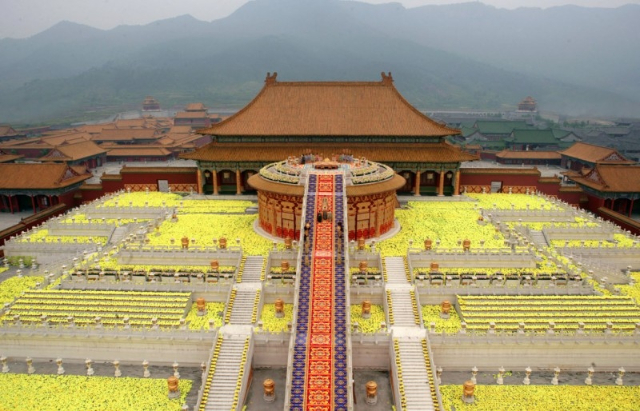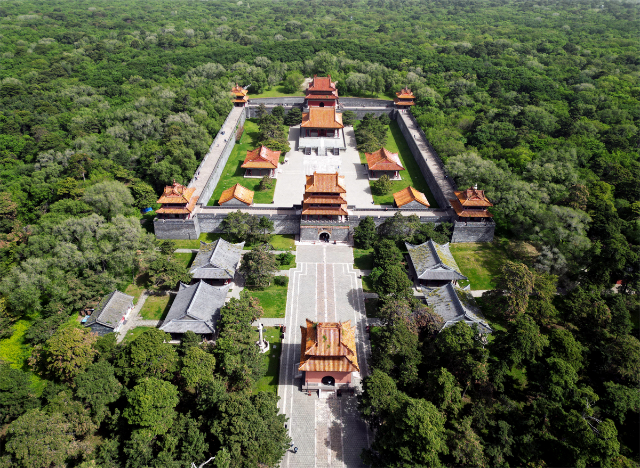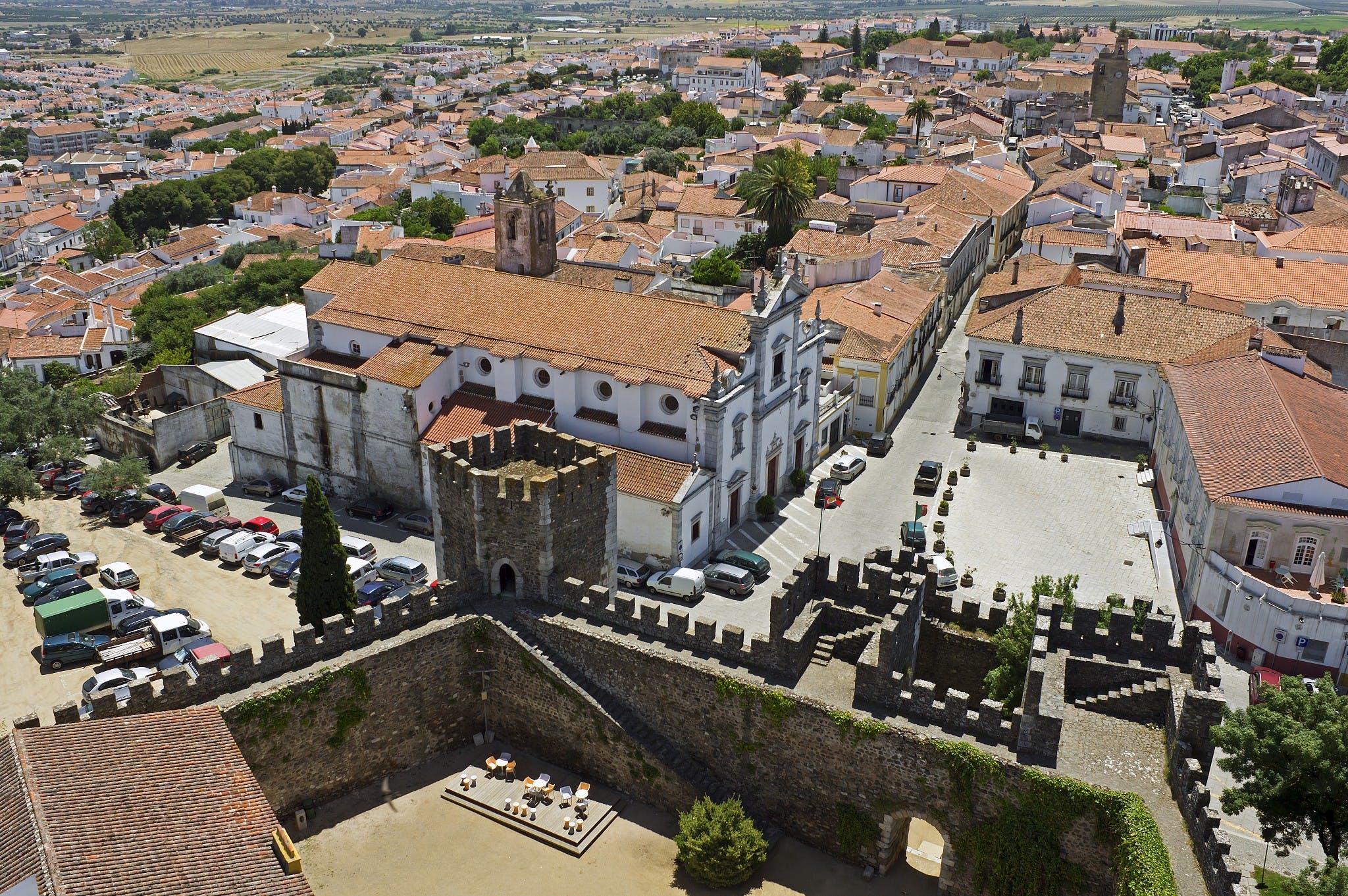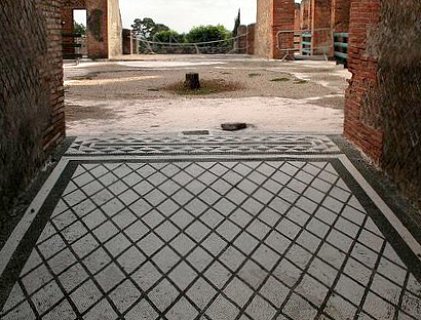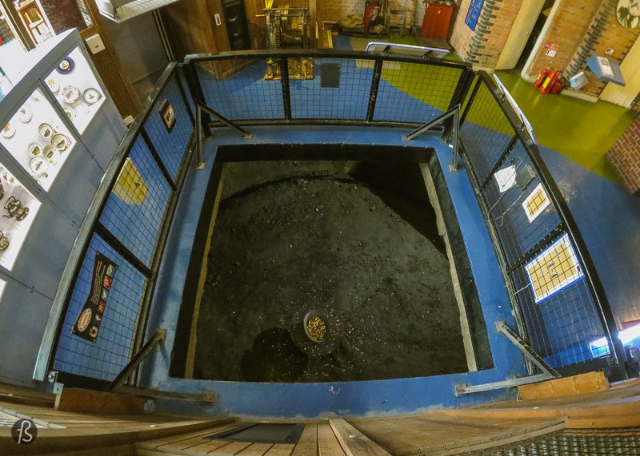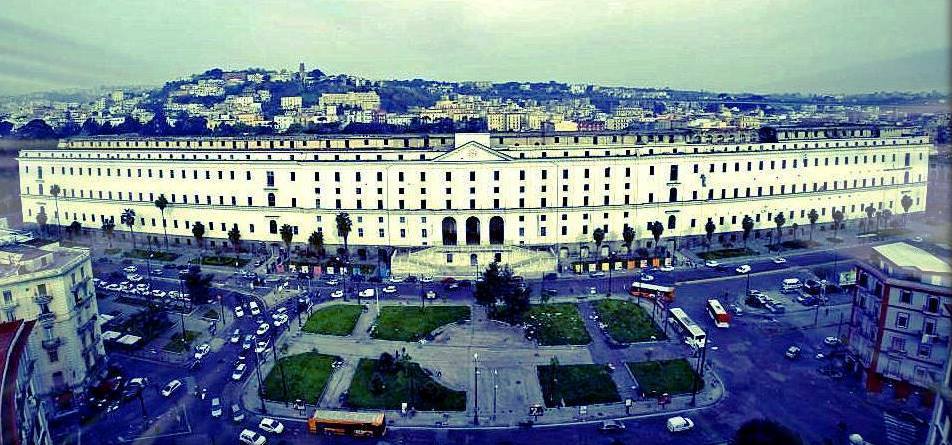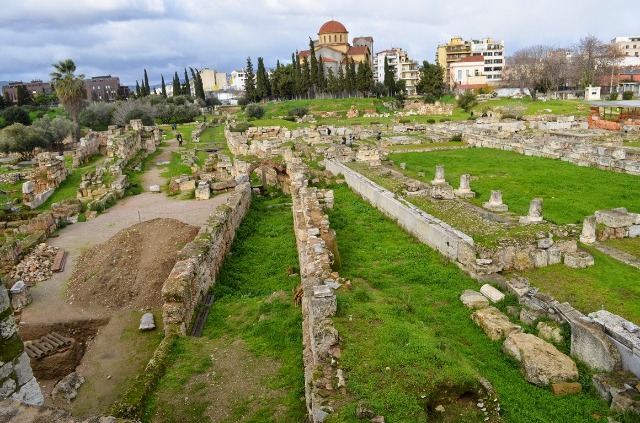The Forbidden City, a symbol of Beijing, is the largest and best-preserved imperial palace in all of China. Built between 1406 and 1420 during the Ming Dynasty (1368 – 1644), the Forbidden City occupies the exact center of Beijing, capital of China. Its location is not accidental; in fact, the palace stands within the ancient Imperial City, or a walled district that housed the seats of power during the Yuan Dynasty (1279 – 1368). This location was also considered fausta from a geomantic point of view.
In order for it to respect the concepts of feng shui and to increase the defense of the palace, a moat was dug all around the imperial residence, and the earth from the excavation was used to build an artificial hill, Jingshan. The hill, which is still the highest point in Beijing’s Old City, also had the function of sheltering the Forbidden City from the wind. Construction of the Forbidden City began in 1406, the fourth year of the reign of Emperor Yongle of the Ming Dynasty, and ended in 1420. The palace was used as the center of Chinese political power until 1912, the year of the abdication of the last emperor, Pu Yi (1906 – 1967), who continued to reside there until 1924. In total, it housed 24 emperors of the Ming (1368 – 1644) and Qing (1644 -1911) dynasties.
The structure of the palace complex is inspired by that of the Forbidden City in Nanjing, used as an imperial residence by the Ming emperors before the capital moved to Beijing. palace is also a reproduction of the Purple Palace, home, according to tradition, of the God of Heaven. In ancient times, in fact, the emperor was believed to be the son of Heaven, and this is also why access to the imperial palace was forbidden to ordinary people.
In 1961, the Forbidden City was listed as one of China’s most important historical monuments and was placed under special protection by the Chinese central government.
In 1987 it was named a UNESCO World Heritage Site. It has been recognized as one of the five most important palaces in the world (the other four are the Palace of Versailles in France, Buckingham Palace in the United Kingdom, the White House in the United States, and the Kremlin in Russia).
